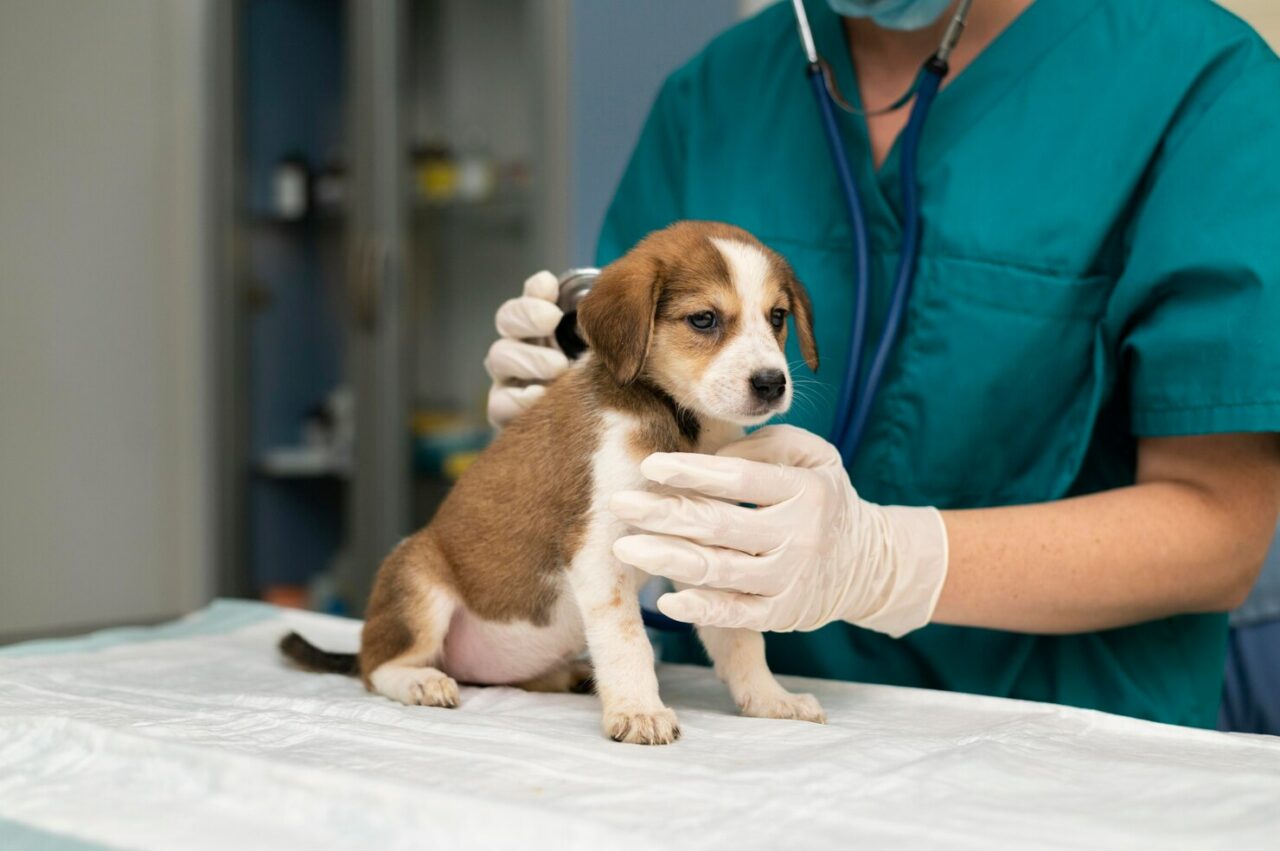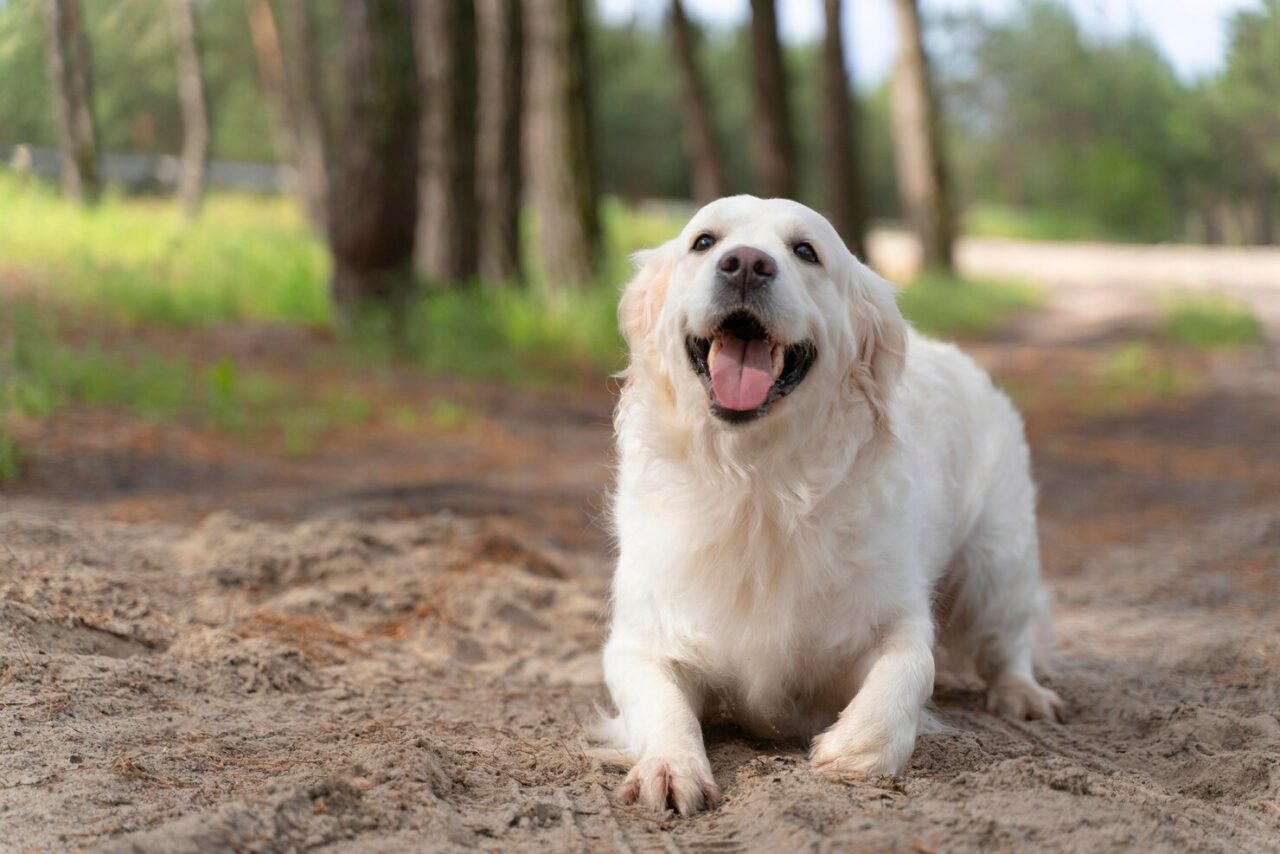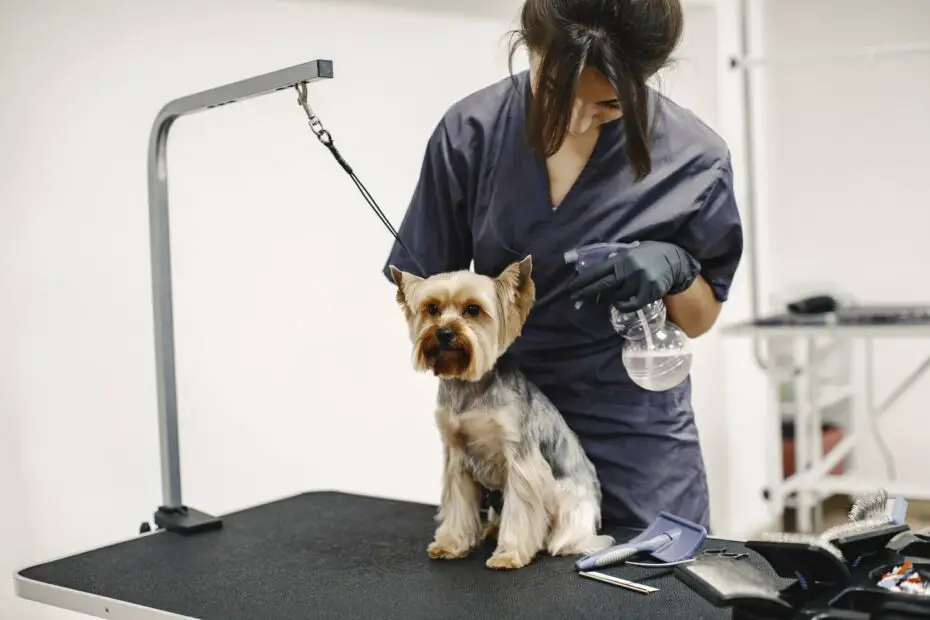Our pets bring joy, companionship, and love into our lives, making them an integral part of our families. When our furry friends face health challenges or injuries, we want to provide them with the best care possible to ensure their well-being and quality of life. That’s where holistic approaches to pet rehabilitation come into play, with physical therapy being a key component.
In this blog, we will explore Holistic Approaches to Pet Rehabilitation, focusing on holistic approaches that encompass not just physical therapy but also other aspects of care to promote overall healing and wellness for our beloved pets.
You may also want to know why dogs like sticks.
Understanding Holistic Approaches to Pet Rehabilitation: Physical Therapy and More
Pet rehabilitation is a multidisciplinary approach to improving the physical and emotional well-being of animals who have suffered injuries, undergone surgeries, or have chronic conditions. It aims to restore mobility, reduce pain, and enhance the overall quality of life for pets. Holistic pet rehabilitation goes beyond the physical aspect, addressing the mental and emotional aspects of recovery as well.

The Role of Physical Therapy
Physical therapy is a fundamental component of pet rehabilitation. Just like in human medicine, it involves the use of various techniques and exercises to improve a pet’s range of motion, strength, and flexibility. Physical therapists, often working in collaboration with veterinarians, create customized treatment plans tailored to the individual needs of each pet.
Some common physical therapy techniques for pets include:
- Therapeutic Exercises: Targeted exercises that help strengthen muscles and improve mobility.
- Hydrotherapy: Water-based therapy that is especially effective for pets with joint problems, as it provides buoyancy and reduces the impact on their joints.
- Electrotherapy: The use of electrical stimulation to promote muscle contraction and reduce pain.
- Massage Therapy: Hands-on techniques that improve circulation, reduce muscle tension, and enhance relaxation.
- Cold Laser Therapy: The application of low-level laser light to stimulate cell growth and reduce inflammation.
- Acupuncture: The insertion of thin needles into specific points on the body to alleviate pain and improve overall health.
The Holistic Approach
While physical therapy is crucial in pet rehabilitation, a holistic approach takes into account all aspects of a pet’s well-being. This includes not only their physical health but also their mental and emotional states. Here are some holistic aspects to consider:
1. Nutrition
Proper nutrition plays a significant role in a pet’s recovery. A well-balanced diet ensures that pets receive the necessary nutrients to support healing and maintain a healthy weight. In some cases, supplements may be recommended to address specific nutritional deficiencies or aid in joint health.
2. Weight Management
Maintaining an ideal body weight is essential for pets, especially those recovering from injuries or dealing with chronic conditions. Excess weight can put added stress on joints and impede the healing process. Holistic pet rehabilitation includes weight management strategies to ensure pets are at an appropriate weight for their size and breed.
3. Mental and Emotional Well-being
Pets, like humans, can experience stress, anxiety, and depression. Illness or injury can take a toll on their mental and emotional health. Holistic approaches may include activities and therapies aimed at reducing stress and improving a pet’s overall emotional well-being. These can range from playtime and mental stimulation to relaxation techniques like aromatherapy.

4. Environmental Modifications
Adapting the pet’s environment to meet their specific needs is crucial for holistic rehabilitation. This may involve creating a safe and comfortable space for them to move around or providing assistive devices such as ramps or harnesses to aid mobility.
5. Owner Education and Support
Pet owners play a vital role in the rehabilitation process. Holistic pet rehabilitation includes educating owners about their pet’s condition, treatment options, and home care. Providing emotional support to pet owners is equally important, as caring for an injured or ill pet can be emotionally challenging.
Common Conditions Treated with Holistic Pet Rehabilitation
Holistic pet rehabilitation can benefit pets dealing with a wide range of conditions, including but not limited to:
- Orthopedic Injuries: Fractures, torn ligaments (e.g., ACL tears), and hip dysplasia can often benefit from physical therapy and holistic care.
- Arthritis: Managing pain and improving joint mobility are essential for pets with arthritis.
- Neurological Disorders: Pets with conditions like intervertebral disc disease (IVDD) or degenerative myelopathy may require rehabilitation to maintain their mobility.
- Post-Surgical Recovery: After surgeries, such as orthopedic procedures or spinal surgeries, rehabilitation can help pets regain strength and mobility.
- Obesity: Overweight pets may need holistic rehabilitation to lose excess weight and improve their overall health.
- Chronic Pain: Pets with chronic pain conditions, like osteoarthritis or neuropathy, can benefit from holistic approaches to manage their discomfort.
Case Study: Bella’s Journey to Recovery
To better understand how holistic pet rehabilitation can transform a pet’s life, let’s look at the story of Bella, a 7-year-old Labrador Retriever.
Bella’s Initial Condition
Bella was diagnosed with severe hip dysplasia, a condition that caused her significant pain and limited her mobility. She had trouble getting up, walking, and playing, which left her frustrated and anxious. Her owner, Sarah, was determined to help Bella live a happier and healthier life.
The Holistic Approach
Sarah consulted with a veterinarian who recommended a holistic approach to Bella’s rehabilitation. The treatment plan included the following components:
- Physical Therapy: Bella received regular physical therapy sessions that focused on strengthening her hip muscles, improving her range of motion, and reducing pain.
- Nutrition: A specialized diet was prescribed to help Bella maintain a healthy weight and support joint health.
- Weight Management: Sarah worked closely with the veterinarian to monitor Bella’s weight and adjust her diet as needed.
- Environmental Modifications: Sarah made changes to Bella’s home environment, including adding ramps to ease her access to the yard and placing orthopedic beds for her comfort.
- Mental and Emotional Support: Sarah engaged Bella in mentally stimulating activities and provided emotional support through cuddles and playtime.
Bella’s Transformation
Over time, Bella’s condition improved significantly. Her mobility increased, and she was able to enjoy walks, play fetch, and even swim with Sarah. Bella’s overall well-being improved as her pain lessened, and her emotional state became more balanced.
Bella’s story is a testament to the power of holistic pet rehabilitation. By addressing her physical, nutritional, emotional, and environmental needs, she was able to regain her quality of life and continue being an active and happy member of her family.
Finding a Holistic Pet Rehabilitation Specialist
If you believe that your pet could benefit from holistic pet rehabilitation, it’s essential to find a qualified specialist who can create a tailored treatment plan. Here are some steps to help you get started:
- Consult Your Veterinarian: Start by discussing your pet’s condition with your veterinarian. They can provide recommendations and may refer you to a rehabilitation specialist.
- Research Specialists: Look for certified veterinary rehabilitation therapists (CVRTs) or veterinarians with expertise in rehabilitation. Ensure that they have experience with your pet’s specific condition.
- Schedule a Consultation: Arrange a consultation with the specialist to discuss your pet’s needs and create a personalized treatment plan.
- Ask Questions: Don’t hesitate to ask questions about the proposed treatments, expected outcomes, and the timeline for recovery.
- Follow the Treatment Plan: Commit to following the treatment plan diligently and providing the necessary care and support at home.
Conclusion to Holistic Approaches to Pet Rehabilitation: Physical Therapy and More
Holistic pet rehabilitation offers a comprehensive approach to improving the well-being of our furry companions. It recognizes that healing and recovery extend beyond the physical aspect and encompass a pet’s mental, emotional, and environmental needs. Whether your pet is recovering from an injury, surgery, or managing a chronic condition, holistic approaches, including physical therapy, nutrition, weight management, and emotional support, can make a significant difference in their quality of life.
Just as Bella’s story illustrates, with the right care and attention, pets can overcome obstacles and lead fulfilling lives. By embracing holistic pet rehabilitation, we can ensure that our beloved animal companions enjoy the best possible care and live their lives to the fullest, bringing us joy and happiness for years to come. Holistic Approaches to Pet Rehabilitation: Physical Therapy and More are Great.
